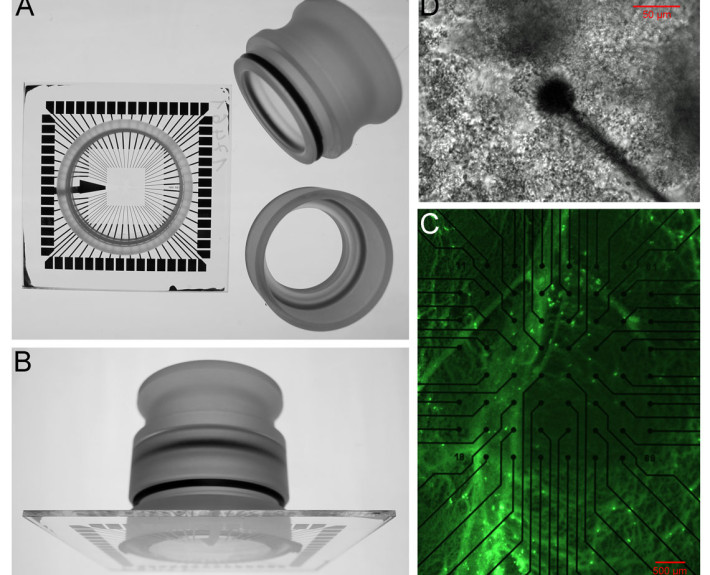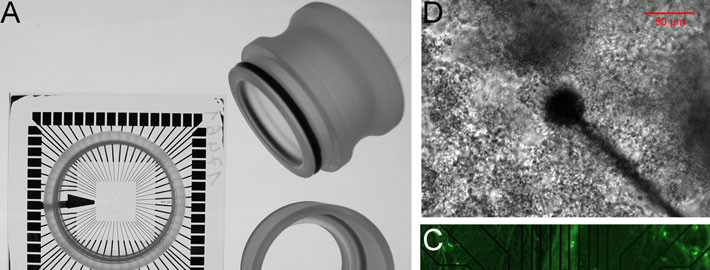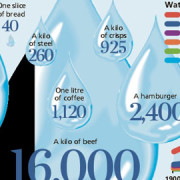Biofilm socio-biology
Bacteria exist in populations and communities and often show coordinated behavior to perform specific function: biofilms are one of them. Biofilm formation is a well-regulated developmental process that results in the formation of a complex community of microorganisms, where external and internal signal are integrated, and coordinated timed series of multicellular behaviors are associated with morphological changes. The complexity of the processes involved suggests that the formation of biofilm architecture is not a stochastic process but, instead, a sort of social development, where changes in form and function play a prominent role in the life cycle of the microorganisms. Many key questions about biofilm development and about what are the cues they are responding to remain unanswered. In our laboratory we investigate electrical signaling as a possible driver in biofilm sociobiology. Using a multi-electrode array (MEA) system that enables high spatio-temporal resolution, we can compare the electrical activity in biofilm-forming and non-biofilm-forming strains. As a result of biofilm formation, cells are immobilized and kept in close proximity, forming synergistic microconsortia in which intense interactions are observed. Recording the action potentials produced during the development of biofilms, their shape and occurrence, and temporal and spatio-temporal synchronizations, we underline distinctive characteristics of biofilm-forming strains. The analysis of the spatio-temporal electrical activity of bacteria during biofilm formation will open a new frontier in the study of the emergence of collective microbial behavior.

The MEA chip used to record the electrical activity of growing bacteria. Sixty electrodes (59 + 1) are printed at the bottom 500 μm apart. The glass ring glued on top is filled with LB growth medium (A & B). Close-up image of one of the electrodes and several bacterial cells (C & D). Electrode diameter: 30 μm. Inter-electrode distance: 500 μm. Each electrode detected signals from multiple cells.










